Samsung has announced the Samsung Galaxy Watch Ultra, Samsung Galaxy Watch 7, and finally – all of the price and specifications of the Galaxy Ring they announced last summer. There are some substantially big ticket items here in terms of software updates in the Samsung realm, following many of the exact same new software additions that Apple has rolled out over the past 1-2 years (e.g. FTP predictions, running pace partners, emergency siren, etc…). Still, there are watch areas Samsung differs – or has added that Apple hasn’t here.
And ultimately, neither company is really competing for the same consumer anymore. Both companies essentially limit their respective watches to their phone customer base. You can’t pair an Apple Watch to Android, and inversely, you can’t pair a Samsung watch to iOS. And while Samsung does allow you to pair a Samsung Watch to other Android phones, there are a number of feature limitations put in place if you do so.
Still, on paper, this appears to be (by far) the most sporty edition of watch that Samsung has ever released. There’s a ton of items here people are going to be eager for, especially if they work.
Nonetheless, let’s start with the ring, and then go from there. Note that this (obviously) isn’t a review. I’ll get to that in the near future for all three products individually. Instead, this is just looking at what’s new. You can tappity-tap the video above, or read through the consolidated new bits below.
Samsung Galaxy Ring:
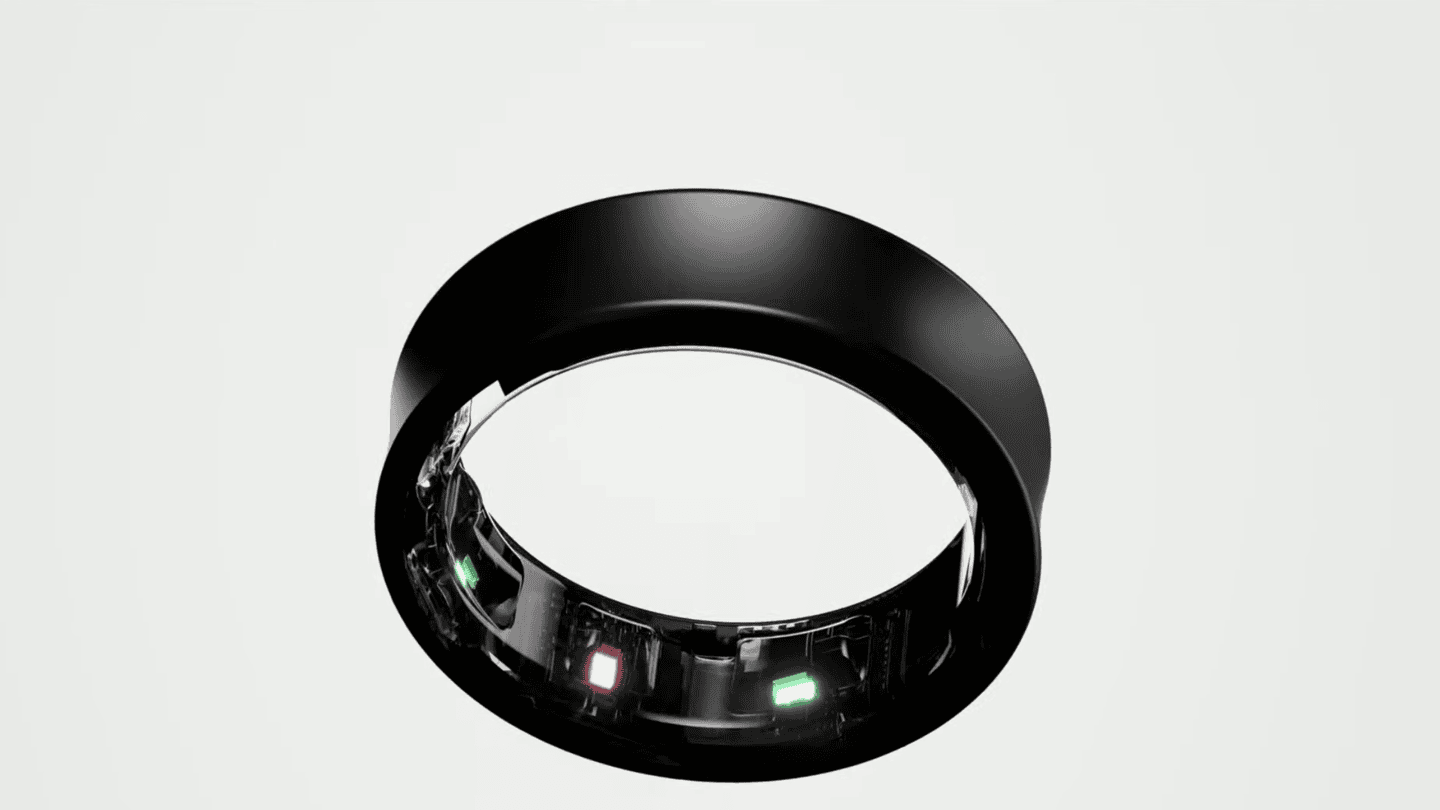
It’s been almost a year since Samsung announced the Galaxy Ring, and it’s been a bit of a drip-drip-drip of information since then. Finally, we’ve got all the details. I’m just going to go with bullet-points, because everyone prefers that anyways.
– Price is $399USD, no subscription fee at all
– Pre-order from today, delivery July 19th
– Initial availability seems to be US only, as I can’t seem to find it in other countries
– Ring sizing from 5 to 13, there’s a free plastic ring sizing kit (just like other smart rings), or you can order a specific size
– Battery claim is up top 7 days for largest rings, 6 days for smallest rings (due to different battery sizes internally)
– Ring material is a titanium outer case
– Charging case is like a pair of headphones, fully enclosed for charging while travelling
– Has core data metrics including heart rate, sleep activity, heart rate variability
– Mixed messaging on whether it requires a Samsung phone. Official site said no, but media briefings said yes. Either way, will require at least an Android phone, no support for iOS for current Samsung Health app (the app needed).
– If worn with a Samsung Galaxy watch, it’ll do sensor data fusion within the Samsung Health app to pick the most accurate data to consolidate
– Has FindMyRing feature, dependent on Samsung Find, which is only on Samsung phones
– Samsung Galaxy Ring *WILL NOT* get new Sleep Apnea detection feature, only watches
You’ll note there are three different colors to choose from, and again, that free sizing kit is available to help you ensure the correct size – since the ring has small sensor bumps on the inside, it may not match your normal ring size.
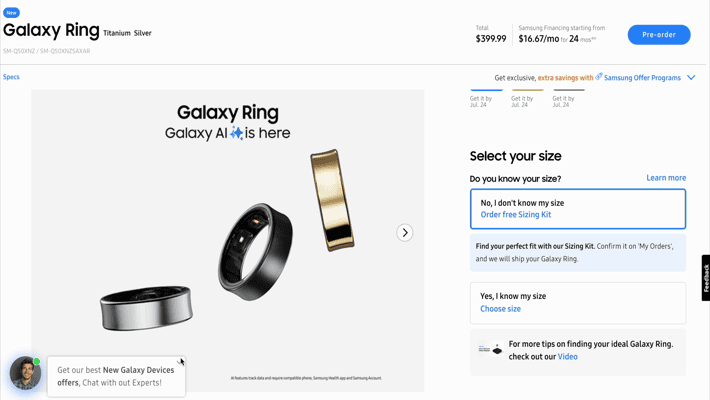
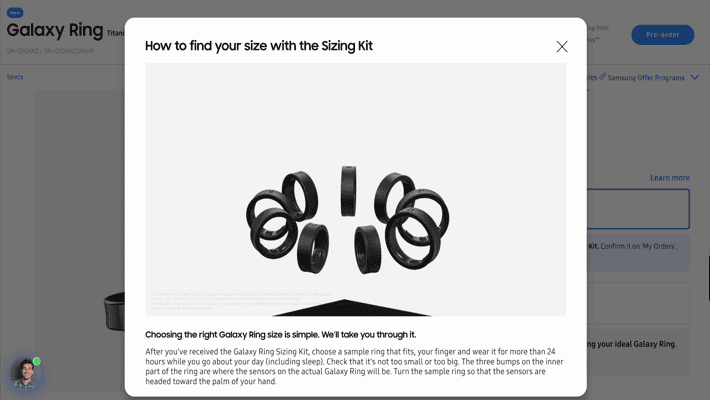
Finally, not in the bulleted list, there’s a new ‘Energy Score’ readiness feature, which is under the Samsung Health AI umbrella. That feature does require a Samsung phone supposedly, though again, the messing continues to be mixed there. This feature is much like Fitbit’s Daily Readiness Score, or a more minimal version of Garmin’s Training Readiness. This is seemingly a fair bit beyond Apple’s new ‘Vitals’ feature they announced at WWDC, as it’s presenting more on the recommendations side throughout the day, rather than just a more minimal set of facts about your current trends.
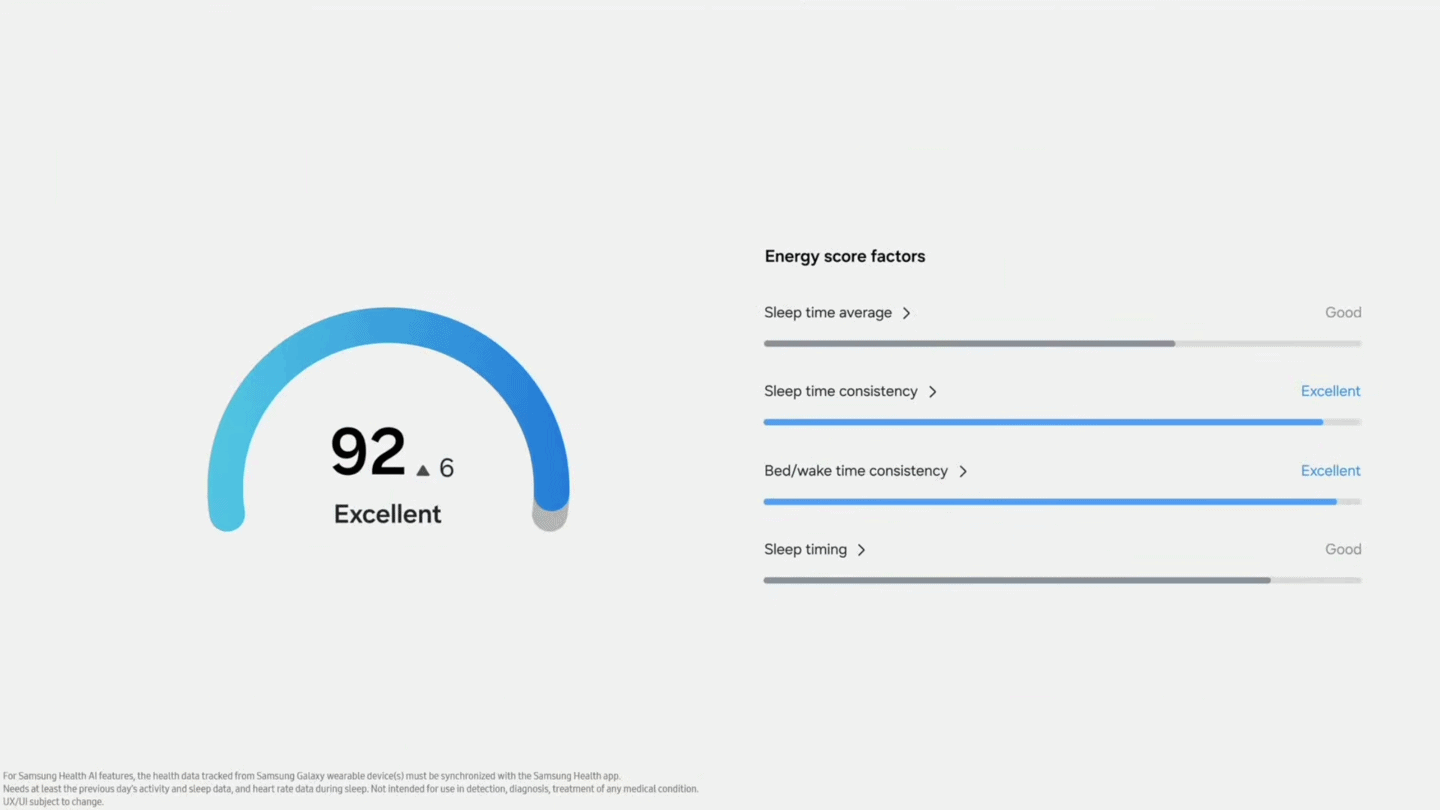
Ultimately though, I suspect the Samsung Ring will do reasonably well. It’s essentially priced just above the cheapest version of Oura (but otherwise at the same or lesser price of most of Oura’s rings), and without the subscription. Assuming Samsung manages to get acceptable sleep and heart rate accuracy (admittedly, a big stretch for Samsung historically), it’ll be an easy win for most consumers to avoid another subscription.
As I said in my video above, while Oura does sleep tracking well – the wearables industry as a whole continues to get better and better. Most other wearables for the sleep tracking metrics consumers actually care about (what time they went to bed/woke up/total sleep/HRV), the top tier companies are largely the same and largely quite accurate. For things like sleep stages, it’s basically a scattered mess from everyone (without any real accurate way of validating it). Point being, one time, the reasoning to have a septette smart ring to track sleep has largely been minimized. And certainly, that’s definitely still true of Galaxy Ring too – if people have a watch already.
But as we continue to see more consumers push back on ever-expanding subscription costs, Samsung might have picked the best path forward here. We’ll just have to see if it’s actually accurate.
Samsung Galaxy Watch Ultra:
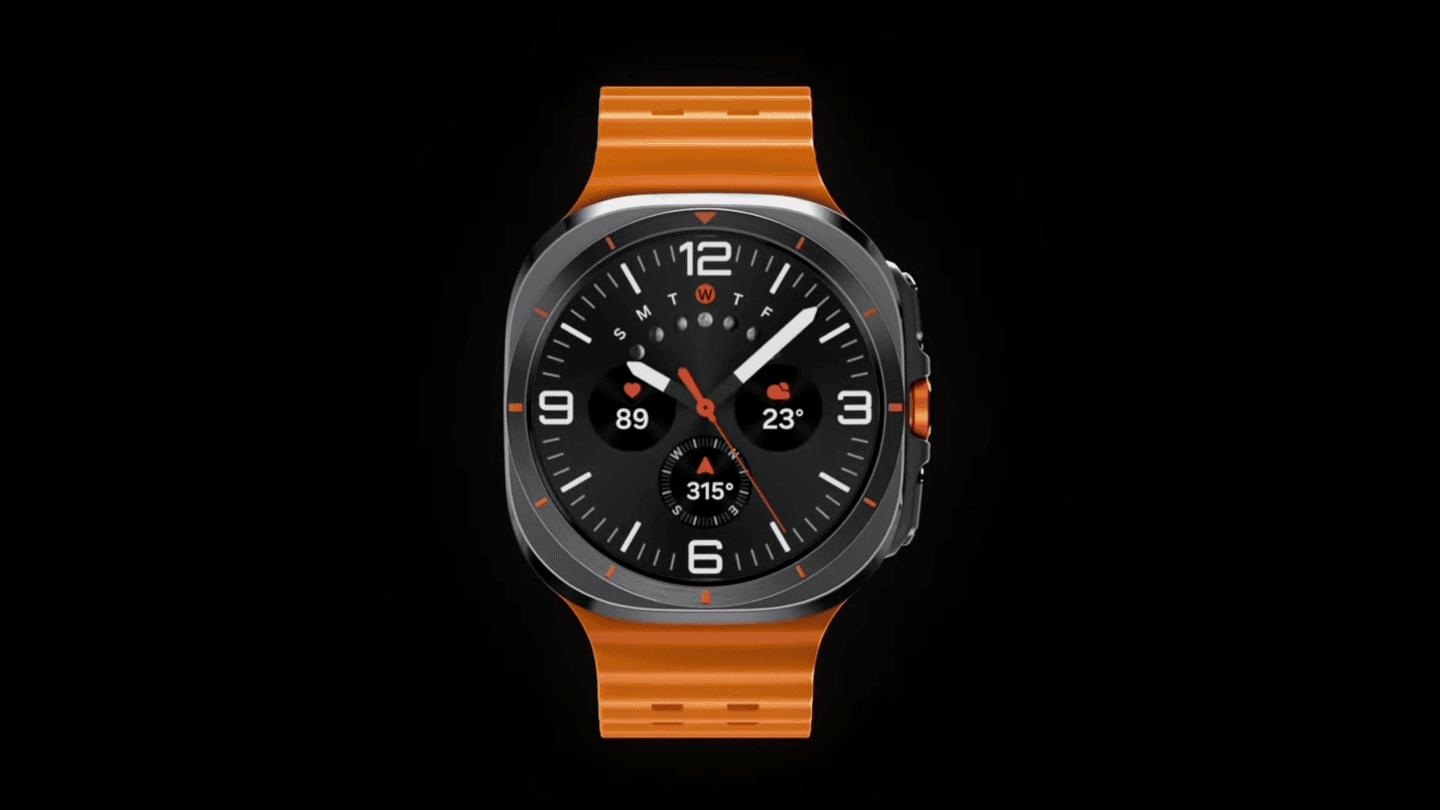
Next up there’s the new Galaxy Watch Ultra. As a general rule of thumb, one can look to the Apple Watch Ultra and say “Does the Apple Watch Ultra have this?” And if the answer is ‘Yes’, then so will the Samsung Galaxy Watch Ultra. Of course, one should remember that both companies routinely copy features from each other. And there are plenty of features (like FTP calculations) that Apple has borrowed from the rest of the endurance sports industry. That’s sorta the name of the game here.
Nonetheless, it’s dive into the big ticket items on the Samsung Galaxy Watch Ultra hardware:
– Priced at $649USD, 699EUR
– Comes in one 47mm size, but three different titanium colors, with sapphire glass
– Only available in an LTE edition
– Waterproof spec is 10ATM/100m, including rated at ISO22810, however, is only rated at 10m at 100M.
– Samsung says you can dive with it, but that specific ISO reg isn’t used for diving watches…
– Added dual-frequency/multiband GNSS
– Increased display to 3,000 nits
– Added 85db emergency siren/alarm
– New 3nm processor, Samsung says is 3x faster
– New optical heart rate sensor, Samsung says is more accurate
– Battery claims are all over the map, but 48hrs in workout power saving mode, and 100hrs in regular power saving mode, no obvious claim listed on either US or EU site for ‘regular everyday mode’
However, it’s the software that’s just as interesting here. All of these items are also applicable to the Samsung Galaxy Watch 7 too:
– Will use Google WearOS 5 (first watch to do so)
– Adding cycling FTP prediction: Claims to be able to detect FTP in a simple 4-minute test, paired with Bluetooth power meter
– Adding triathlon/multisport workout mode (tracking all three sports in a full triathlon)
– Adding new running race partner mode to race against previous bests
– Adding support for Energy Score (see Galaxy Ring section)
– Adding FDA approved Sleep Apnea detection (first company to do so)
– Has route following as well
Some of the items here are super interesting – namely the cycling FTP prediction piece. Typically speaking this would take a test that’s normally between ~20 and ~60 minutes, depending on which test methodology you want to suffer with. To do so in a mere 4 more would be mind-bogglingly impressive. I’m very skeptical of this claim. We’ve got a lot of companies in the space with incredible cycling power experience (TrainerRoad, Xert, etc…) and literally a decade+ of data each, and they can’t do that yet with just four minutes of data.
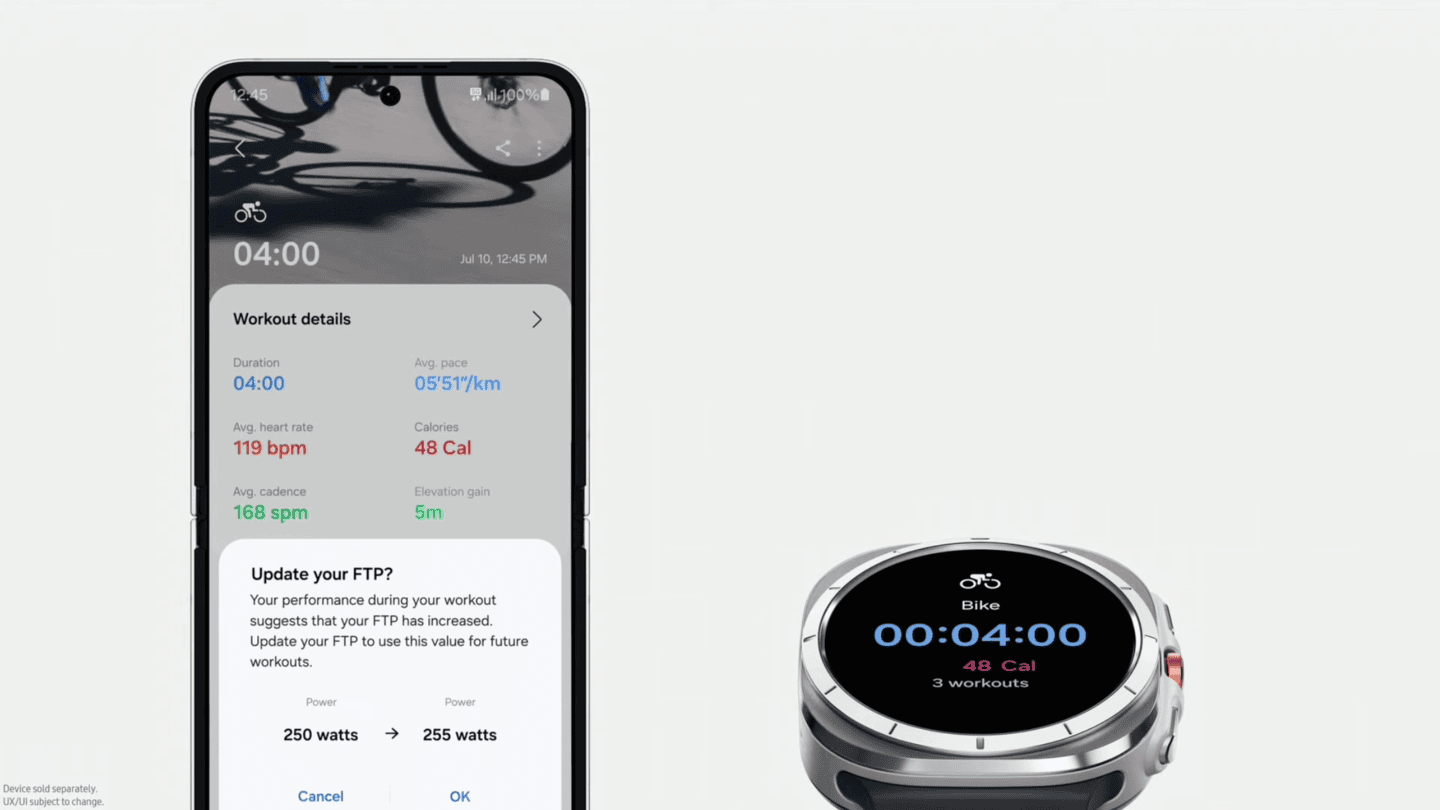
Thus to have such a claim coming from a company known for…well…it’s sporting inaccuracy, it’ll be something I’m super interested to test. Given the above keynote screenshot from Samsung shows a 4-minute long duration with an apparent average cadence of 168rpm…I’m…uhh…not holding my breath. For those non-cyclists, there’s is an approximately 0% chance a cyclist averaged 168rpm for 4 minutes at a mere average or 119bpm, while concurrently somehow going only 10KPH yet still only gaining 5 meters in elevation. Literally, I could pick apart this headline screenshot all day long. But alas, I’ll save that for later. Of course, in reality, the above is likely a running workout that someone did a bad job at photoshopping, but still, c’mon.
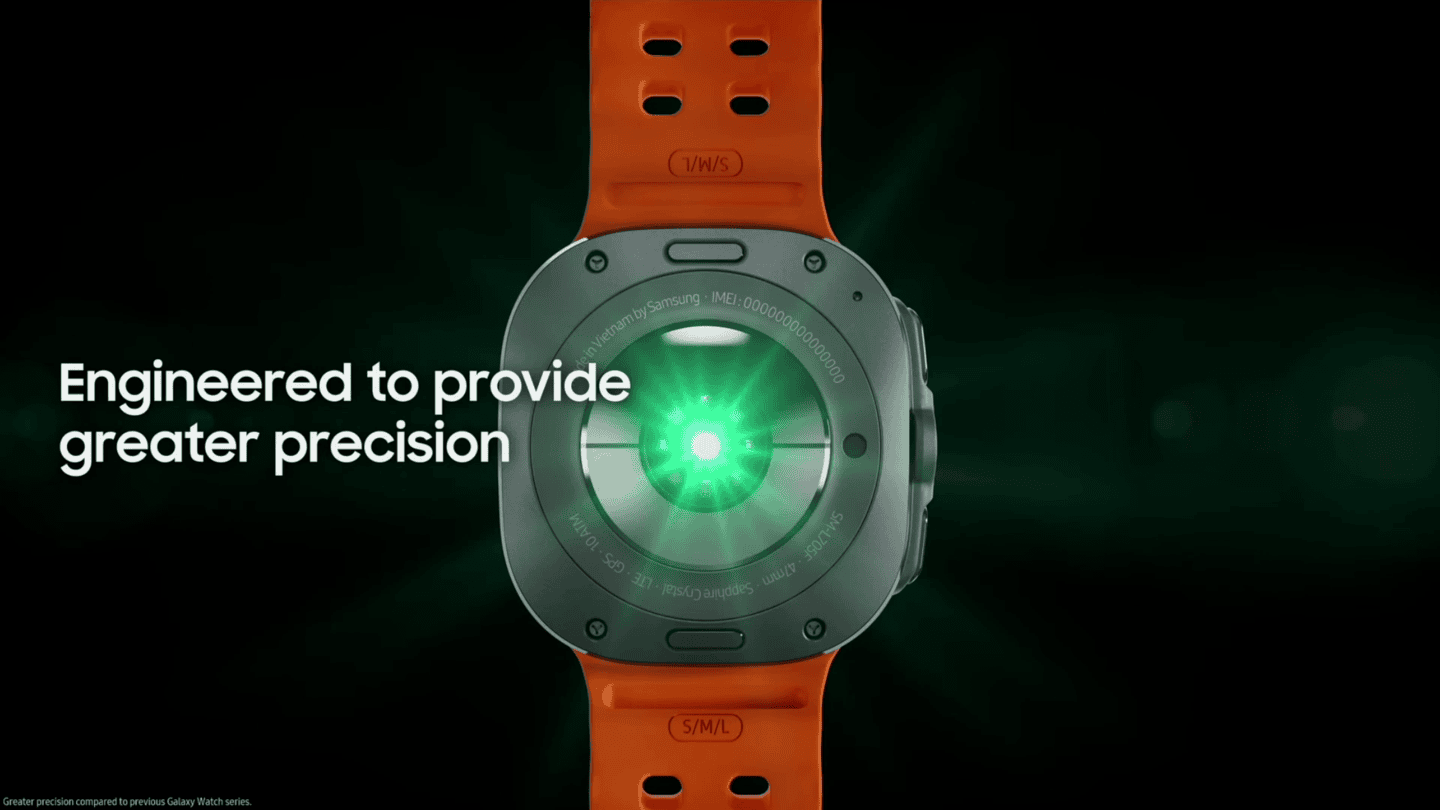
Likewise, getting more details on how the power meter connectivity pieces work will also be notable. It’s something that all companies entering the power meter space (including Apple last summer), have a solid ‘teething pains’ timeframe dealing with the crapshow that is the Bluetooth power meter spec (especially dual-sided units).
In any event, the watch can be ordered today, and is shipping July 19th/July 24th depending on pre-order type and region.
Samsung Galaxy Watch 7:
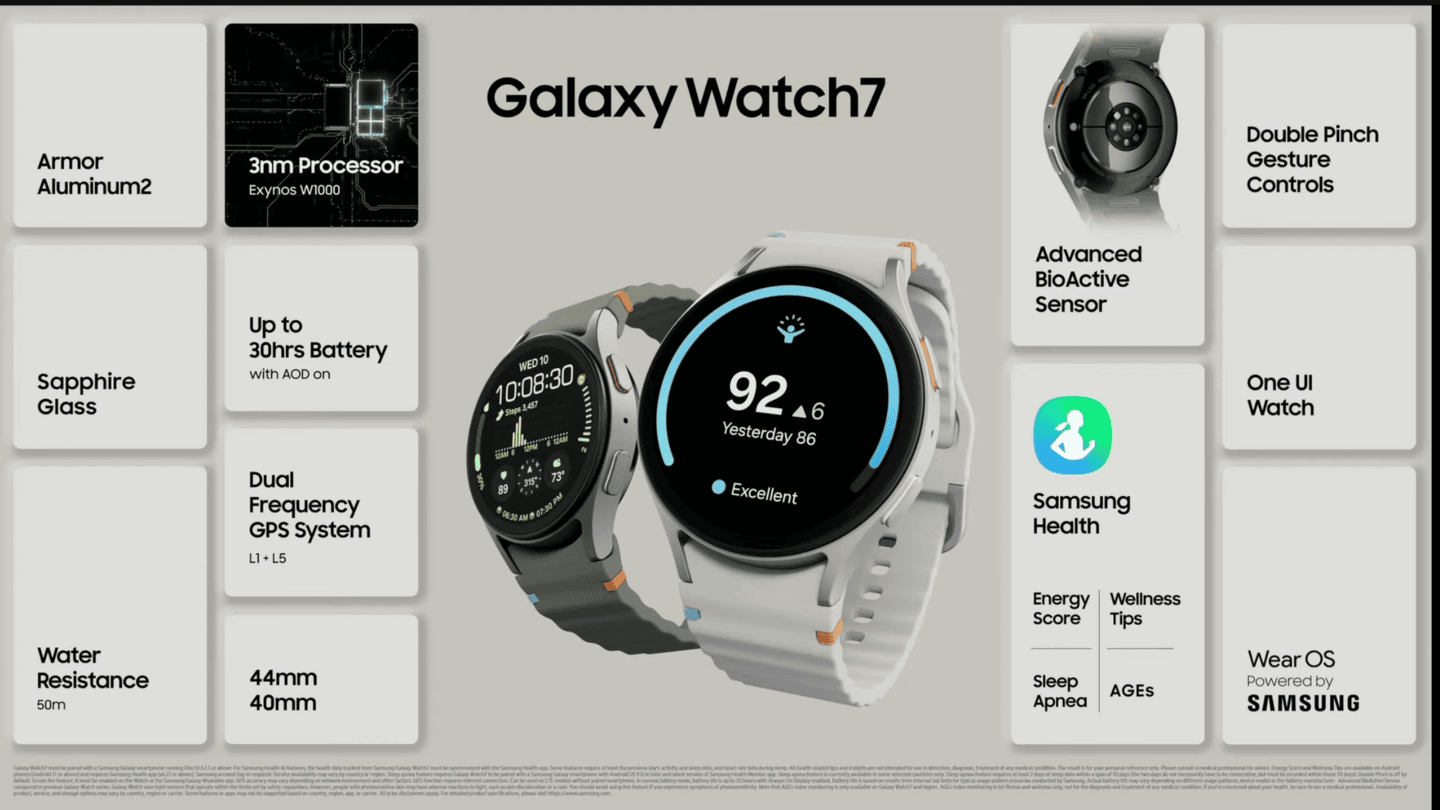
Finally, there’s the Samsung Galaxy Watch 7, a unit that even Samsung themselves devoted a mere 16 seconds of their keynote too. I’m literally not kidding. It was precisely 16 seconds long – that’s it. They showed the above slide, and said ‘here, it’s the cheaper Ultra’…and then moved on.
In short, the Galaxy Watch 7 gets the new multi-band/dual-frequency GNSS also seen on the Galaxy Watch Ultra, then gets all the software features noted above, and is priced from $299USD for the 41mm version. It comes in two sizes 40mm/44mm, and in both non-cellular and LTE variants. It too features the new 3nm processor, as well as the Sleep Apnea detection and new optical heart rate sensor. It does not have the emergency siren or deeper waterproofing, nor the larger case size and battery. It claims 30 hours always-on display.
In any event, I’ll be putting all of these units to the test in the near future. Hopefully, we’ll finally see Samsung stick the landing on accuracy. If they can do just that, and not break anything else, they’ll finally have a very interesting WearOS watch for Android-based consumers to consider. Hopefully, the app ecosystem can then deliver on endurance sports apps in that realm.
With that – thanks for reading!


0 Commentaires